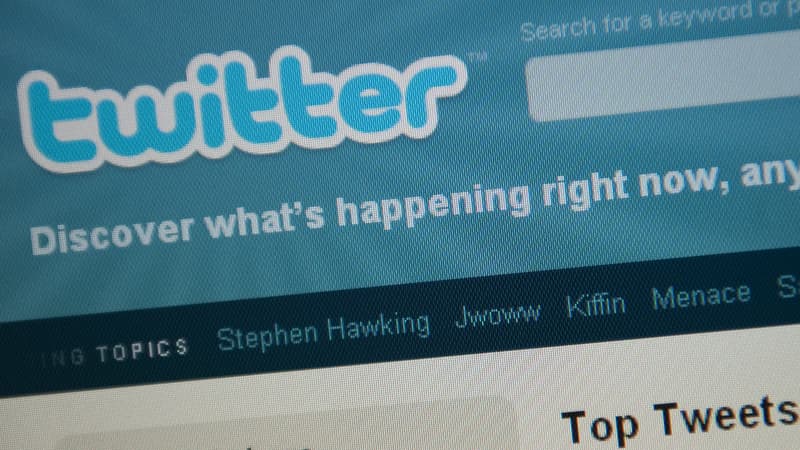Don’t say “Twitter” anymore, but “X”. As for the term “tweet”, now it will be necessary to say one X”. This July 23, the head of Twitter, Linda Yaccarino, has announced the end of the social network in its current form. An evolution that we owe above all to the owner of the platform, Elon Musk, who has been very intrigued by the letter “X” since its inception.
A new name accompanied by a new logo, with the announced disappearance of the famous blue bird. The goal of the new management team: to make X a do-it-all app, inspired by Chinese WeChat, integrating online exchanges and payments. A look back at 17 years of Twitter’s evolution.
SMS, Hudson and Whale
“Just setting up my twttr” (“I just set up my Twttr account”). The first message of the platform, published by one of its founders Jack Dorsey, referred to the first name of the platform, inspired by well-known services such as Flickr. Quickly, the latter was renamed Twitter. With a simple concept: allow Internet users to share brief moments of life.
Echoing the character limit of an SMS, Twitter imposes that a message accumulate a maximum of 140 characters. A limit that will double (280 characters) more than ten years later.
But one of the founding acts of Twitter is the posting of an image by a user. Posted on January 15, 2009, it shows a damaged US Airways plane in Hudson, New York. Issued by Janis Krums, the shot later made the media rounds. This is the first major event documented for the first time by an anonymous person on the platform.
At the time, the platform was characterized by numerous technical difficulties, due to limited resources and increasingly widespread use. Twitter’s error page, which shows a drawing of a whale, becomes familiar to regular users. Regular technical difficulties that will return after the takeover of Twitter by Elon Musk -at the end of 2022- and the dismissal of the vast majority of employees.
hashtag revolution
Shortly after the creation of Twitter, one of the first users, Chris Messina, suggested in 2007 to attach a “hash” symbol, widely used in computing, to keywords. The objective is in their eyes to better organize the information, and that Internet users can order messages evoking content that may interest them. Despite several interviews with Twitter teams, Chris Messina sees his idea rejected by the platform.
In 2009, faced with the increasing use of the “#” symbol by Twitter regulars, the company finally decided to implement a novelty that was as basic as it was revolutionary: keywords attached to the “#” symbol would now be clickable. They will then redirect to all tweets that mention this same keyword.
Three years after Twitter’s inception, the platform is approaching the information aggregation function we know today. The hashtag, now part of our daily lives and available on all social networks, marked the years 2009-2010, particularly in Iran.
The keyword “#iranelection”, which indexes content related to the uprising after the 2009 Iranian presidential election, is the first significant use of the hashtag internationally. A phenomenon that will push some media to refer to this protest as the first “Twitter revolution”.
Subsequently, other world-famous hashtags will follow, such as the #jesuischarlie digital movement, and especially the #metoo phenomenon, launched by the American actress Alyssa Milano.
Vine, periscope and spaces
The hashtag is not the only evolution that has shaped Twitter. If the “retweet” option has been around since the social network’s inception, the ability to quote a tweet by adding a comment to it was added in 2015, before evolving to the “quote” function in 2020. Use of the platform has been partly transformed, although critics believe it is more conducive to cyberbullying or the spread of misinformation.
Over the years, Twitter has made a name for itself by adding related features to third-party apps, including Vine. A loop-repeating six-second video creation tool, which will finally be abandoned at the end of 2016. For its part, the Periscope tool allowed live streaming of videos, before being abandoned for financial reasons in 2020.
More recently, Twitter created a copy of the Clubhouse audio social network, dubbing the feature “Space.” Despite technical issues encountered during major events, Space is now a prominent feature for the platform, which could also play a significant role in the upcoming US presidential election.
Source: BFM TV


